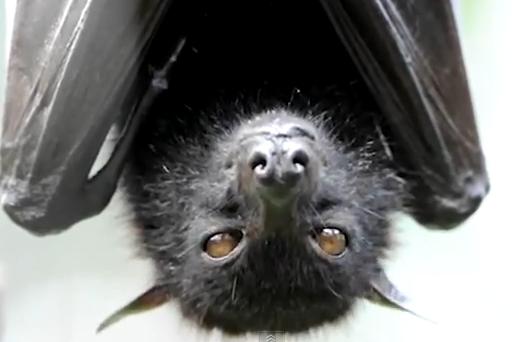A vaccine for use against the deadly Nipah and Hendra viruses has demonstrated effectiveness in preclinical studies as early as 7 days following a single immunization, according to a new study, “A Single Dose Investigational Subunit Vaccine for Human Use against Nipah virus and Hendra virus,” published in the journal, npj Vaccines, online February 8, 2021.

Image/Video Screen Shot
A collaborative group of investigators from the Uniformed Services University (USU), the University of Texas Medical Branch (UTMB) and Galveston National Laboratory (GNL), and Profectus BioSciences, Inc. (now Auro Vaccines LLC), carried out two preclinical studies of a Nipah and Hendra virus vaccine. Their results show that a subunit vaccine formulated for use in humans is effective as early as a week after the vaccination is administered.
Nipah virus and Hendra virus emerged in the 1990s causing serious disease outbreaks in humans and livestock in Australia, Malaysia, Singapore, Bangladesh and India. Recent Nipah outbreaks have resulted in acute respiratory distress syndrome and encephalitis, person-to-person transmission, and greater than 75 percent case fatality rates among humans. The viruses are found naturally in several species of Pteropid fruit bats (flying foxes). The National Institutes of Health (NIH) and Centers for Disease Control and Prevention have classified Nipah and Hendra as biothreat agents, and the U.S. Department of Agriculture has characterized them as agriculture threat agents.
In experiments conducted in nonhuman primates at the GNL, UTMB, Galveston, TX, where there is a high-level safety and security facility for working with live Nipah and Hendra viruses, the team of researchers, under the direction of Thomas Geisbert, Ph.D., Professor in the Department of Microbiology & Immunology, demonstrated that immunizing with a vaccine based on the Hendra virus attachment G glycoprotein afforded complete protection when administered as a single dose, against either Nipah virus or Hendra virus infection with no evidence of disease.
“These latest findings are really quite impressive and support a real potential vaccine treatment against Nipah and Hendra virus infection in people,” said Christopher Broder, Ph.D., Professor and Chair of the Department of Microbiology & Immunology, USU.
The vaccine is a soluble, purified portion of the G glycoprotein of Hendra virus, known as Hendra-sG, which mediates viral infection, originally developed in Dr. Broder’s laboratory at USU. It is now licensed to Auro Vaccines LLC by the Henry M. Jackson Foundation for the Advancement of Military Medicine, Inc. (HJF) through the USU-HJF Joint Office of Technology Transfer. The vaccine has also been in clinical evaluation studies supported by the Coalition for Epidemic Preparedness Innovations (CEPI) since March 2020.
“This work now shows evidence that a simple, safe, and single dose of a recombinant subunit vaccine against Nipah and Hendra virus is possible. This is a critical step forward that supports use in people as an emergency vaccine or in case of an outbreak,” said Antony S. Dimitrov, Ph.D., a lead scientist in the Department of Microbiology and Immunology at USU, and study corresponding author.
“There are currently no approved vaccines for prevention of infection and disease caused by Nipah virus and Hendra virus for use in people,” Broder said. “This Hendra-sG vaccine has been shown to be fully effective against infection by both Nipah and Hendra in three animal species, and it is also the basis of the Hendra horse vaccine currently approved for use in Australia. A possible vaccine for use in people now seems close to reality.”
- UMass Amherst directs students to self-sequester due to surge in COVID-19 cases
- New drug target for Ebola, Marburg viruses
- Missouri reports 1st confirmed case of B.1.1.7 COVID-19 variant
- Norway: 1st AstraZeneca vaccines arrive Sunday
- Leyte: African swine fever spreads in province
- RSV: Duration of antibody response varies among adults naturally reinfected
- New Ebola case reported in North Kivu Province
- Candida auris in the Americas during the COVID-19 pandemic


2 thoughts on “Nipah, Hendra Vaccine for Humans Effective 7 Days After Immunization”